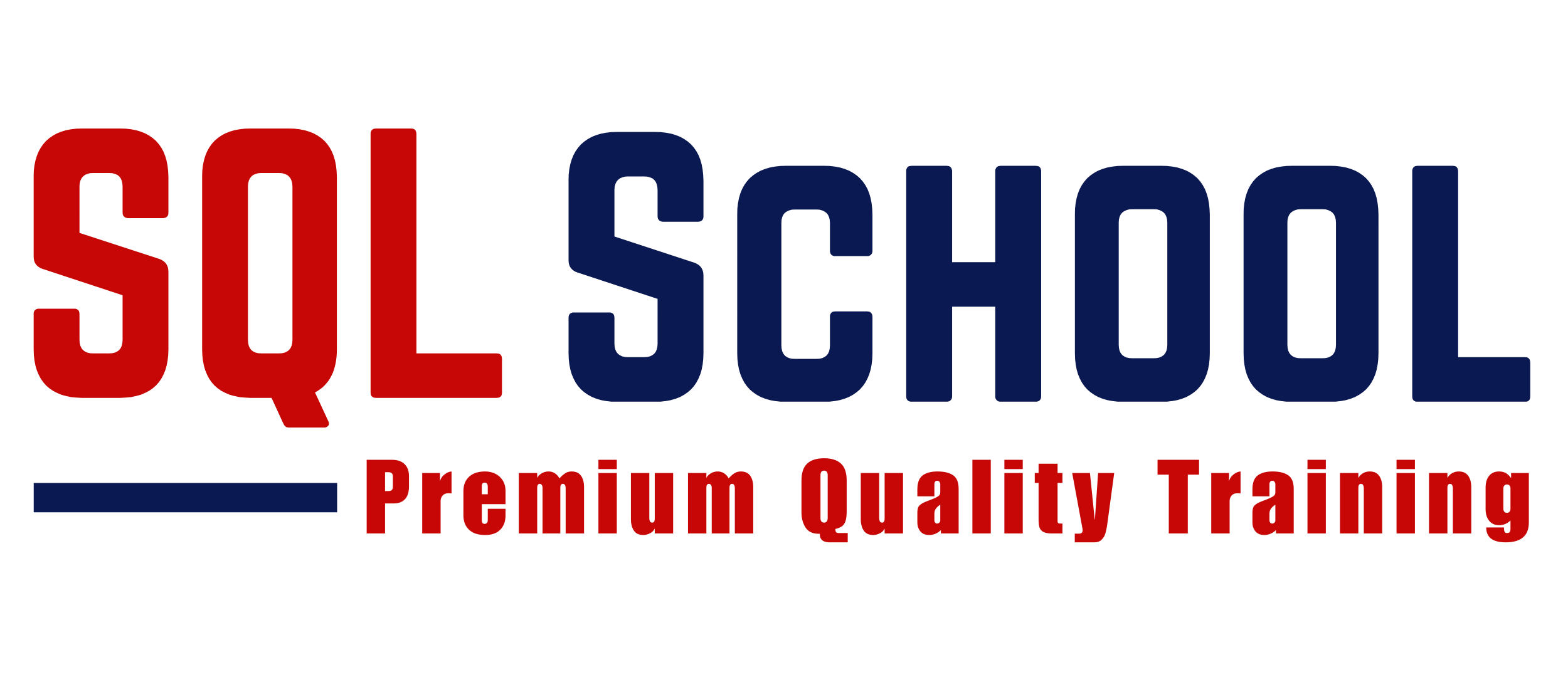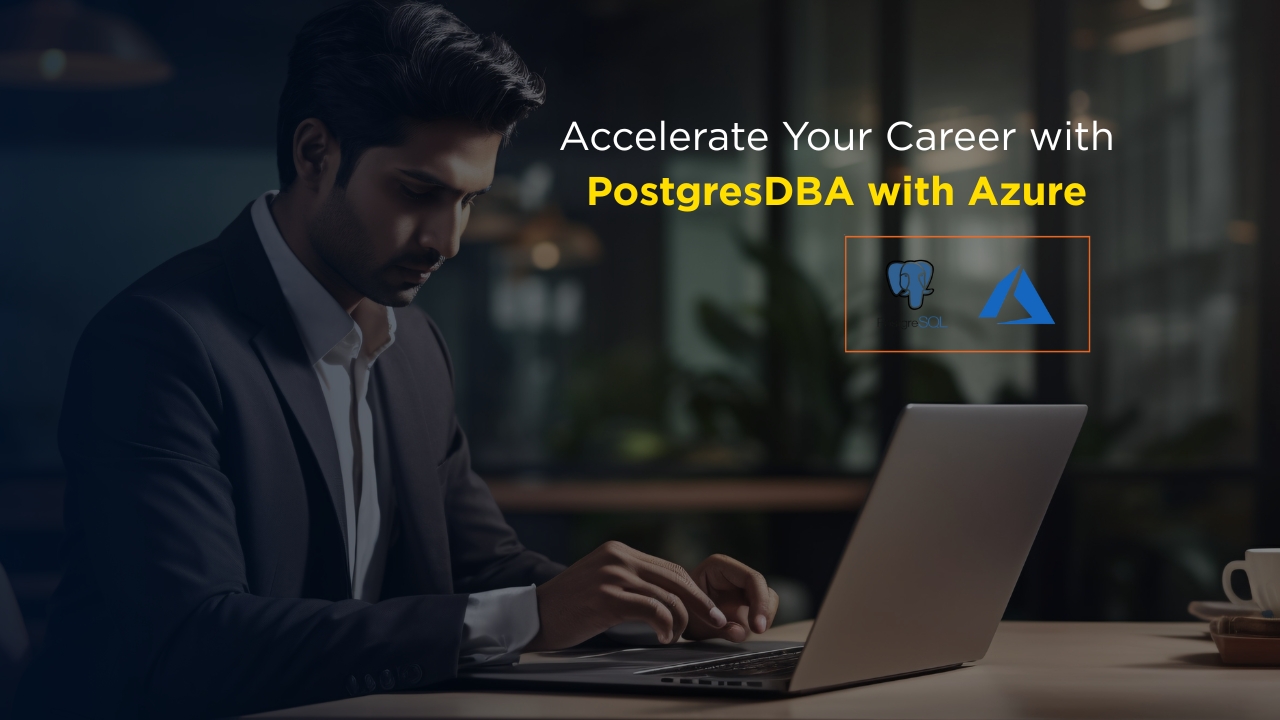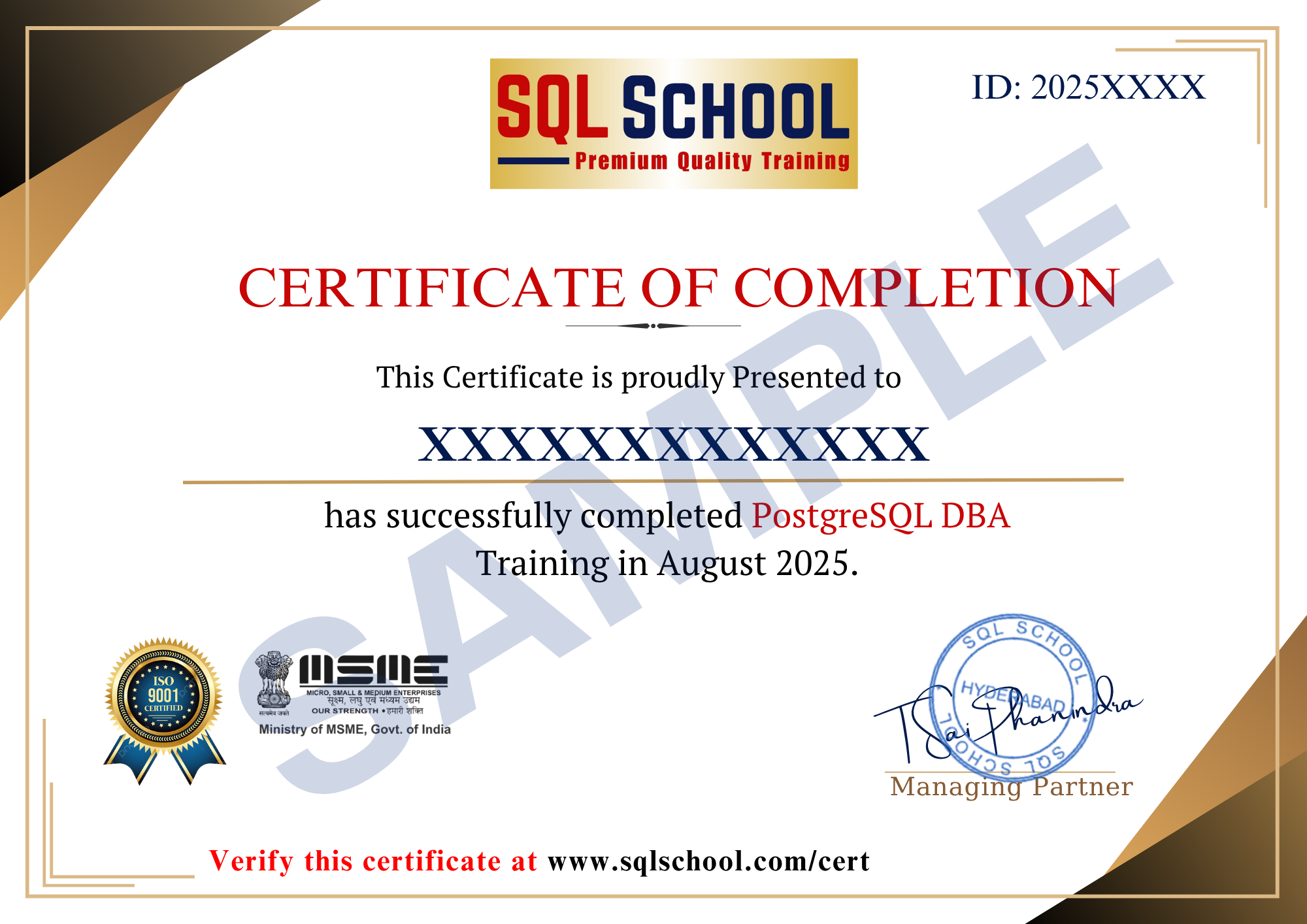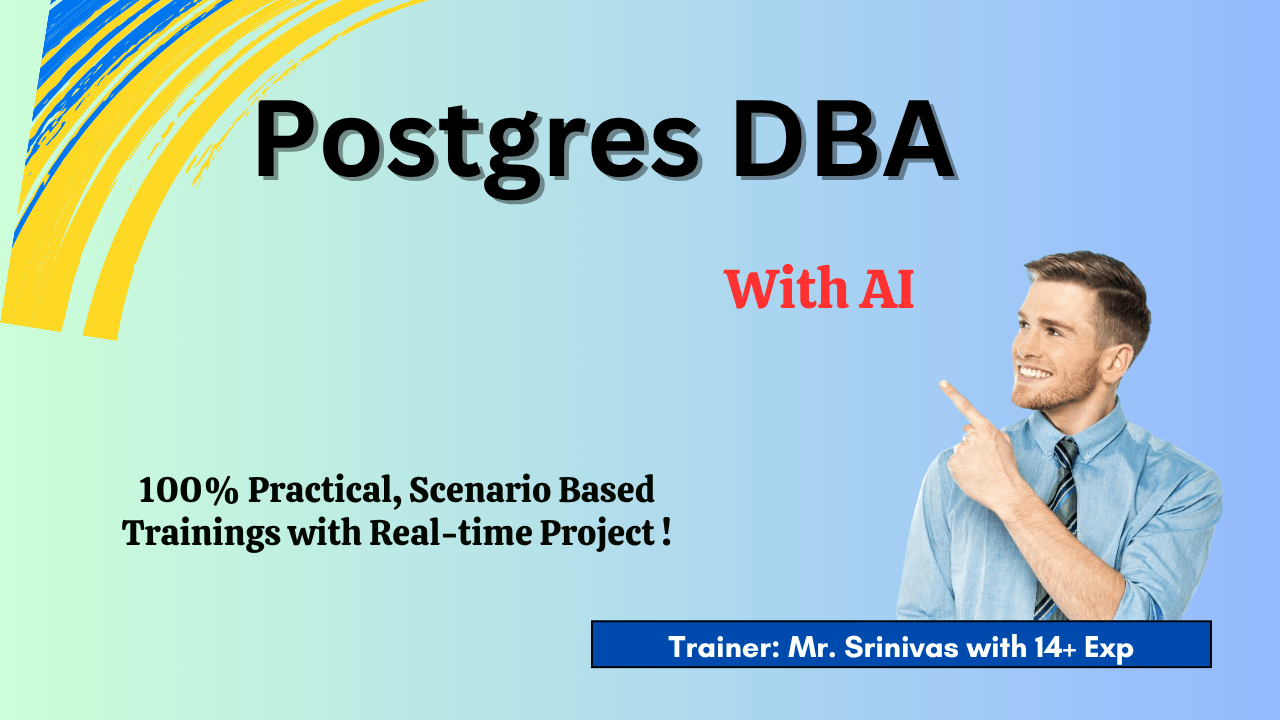Freshers seeking a career in database administration
SQL developers wanting to expand into PostgreSQL administration
System administrators managing PostgreSQL on Linux/Windows
IT professionals preparing for PostgreSQL certification
Anyone who wants to manage open-source enterprise-grade databases
No prior coding experience is required. All concepts are taught from scratch

















